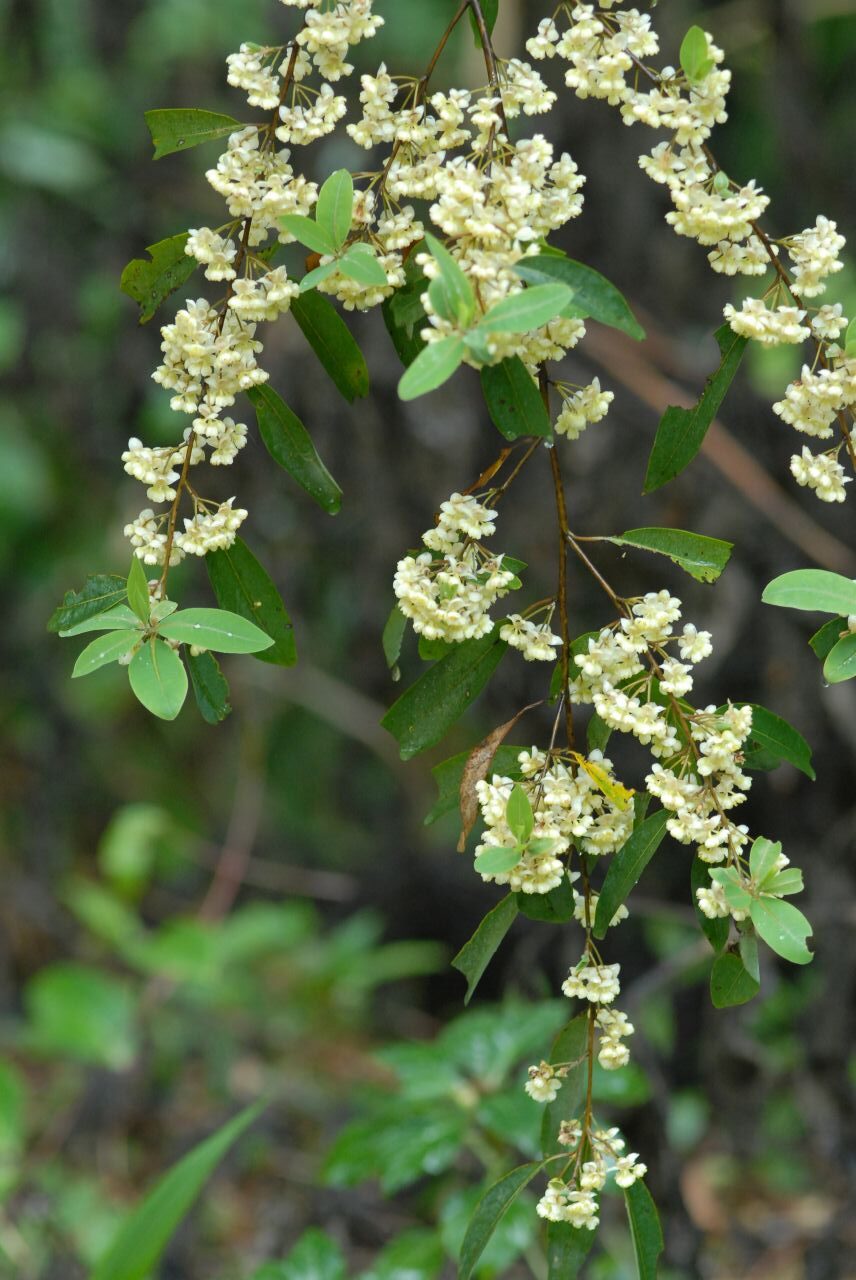If we surround ourselves with Spring scents, start adding more lively Spring colors to our wardrobe, and refuse to believe that it’s still Winter, then Spring will come early. Right? We’re just going to hope – I mean believe- that, that’s how it works! (We can’t be the only ones who’ve had quiet enough of the cold and the snow!)
So let’s turn our attention to the lovely fresh, intensely lemony fruity essential oil of Listsea Cubeba, or May Chang, as it’s also referred to. For those of you who aren’t familiar with this essential oil, it’s steam distilled from the small pepper-like fruits of and evergreen shrub/tree. The oil itself tends to be pale/clear yellow in color.
Litsea Cubeba is a small evergreen tree, or shrub if you will, that can grow to the height of 5-8 meters. It’s a tree that’s native to China, Indonesia and other areas within Southeast Asia. It has a smooth, solid trunk generally measuring 6-20 centimeters in diameter. To some, it’s known as the Mountain Spice Tree, or Chinese Pepper due to the shape and size of the fruit.
The tree bears pale yellow, or white, lemon scented flowers and small fruit that are very similar in shape to small peppers.
In China, Litsea cubeba grows naturally in Southern regions, and has since been cultivated to the South of the Yangtze river in central and Eastern areas. Small pockets of Litsea cubeba also grow wild in some areas of Sumatra and Java. However, it can only be found at elevations between 700m-2300m above sea level.
Interestingly enough, the essential oil of Listea cubeba did not become available in the Western world until the early 1950s. But when it did, it began to compete with Lemongrass as a source material for the extraction of citral. As a result, this essential oil is very widely used in flavorings, soaps and fragrances.
Citral is an aromatic compound used in perfumery for its citrus effect. Citral is also often used as a flavor and for fortifying lemon oil.
These days, almost all of the production of Litsea cubeba essential oil is based in China. Where unfortunately, not too much is known regarding their methods of cultivation and harvesting.
As a plant, Litsea cubeba has a very long history of use in Chinese Herbal medicine. Here it was used to treat everything from asthma, digestive problems, chills, headaches, as well as muscular aches and pains. Sometimes it was even used to treat cancerous tumors because it was believed to have carcinogenic properties. The thought was, that these properties can help eradicate the cancerous tumors.
Precautions: There are no known precautions for Litsea cubeba essential oil. But as with all essential oils, it needs to be respected.
This particular essential oil has a very refreshing, uplifting and stimulating action. (It’s as though we can almost smell Spring already!) Making it a fabulous essential oil choice for combating insomnia, stress and aiding concentration and focus. It also has very pronounced anti-fungal, anti-viral, and antiseptic properties. Making it a go-to choice for keeping athletes foot at bay. But let’s not forget it’s ability to relieve muscular aches and pains, especially lower back pain and tension headaches.
For those dealing with oily, acne prone skin benefit from Litsea cubeba’s mild astringent action. It’s the perfect addition to your daily face moisturizing cream.
Have you ever used Litsea cubeba essential oil? We’d love to hear what you used it for!
*Please note that all essential oils are extremely potent and need to be respected. Always make sure you dilute the oils you use. You also don’t need a lot of the oil to reap it’s benefits and it’s always wise to err on the side of caution, especially when using oils on or around small children, elderly or people with underlying health conditions. When in doubt, always consult a Certified Aromatherapist before use.*
